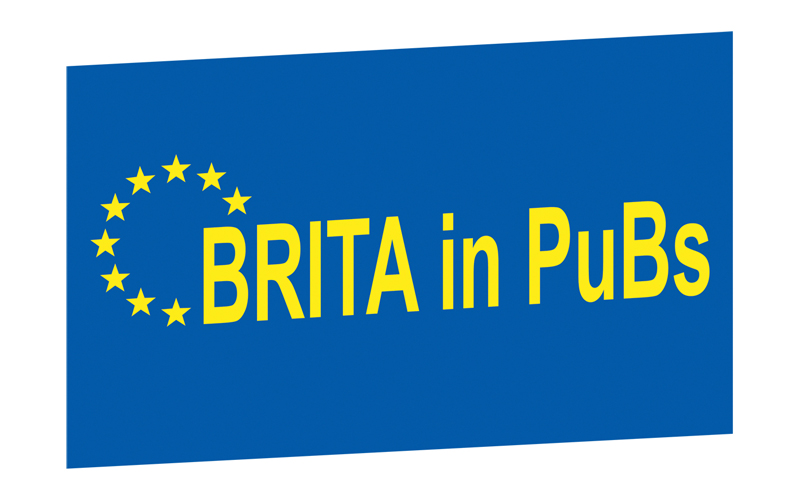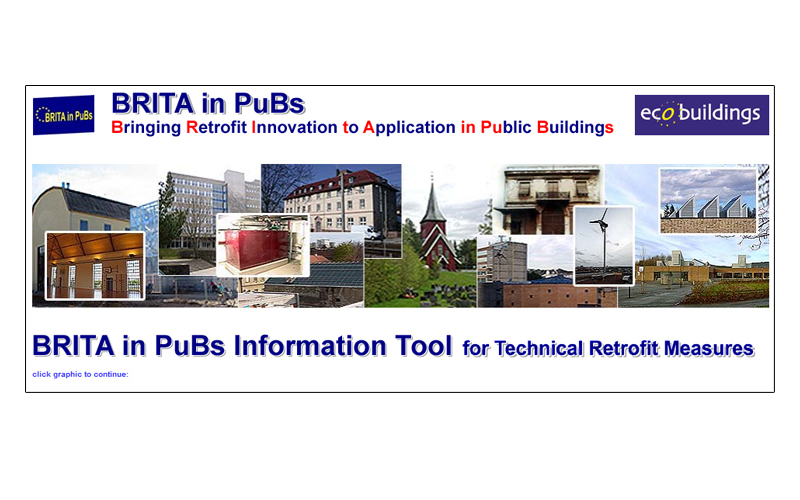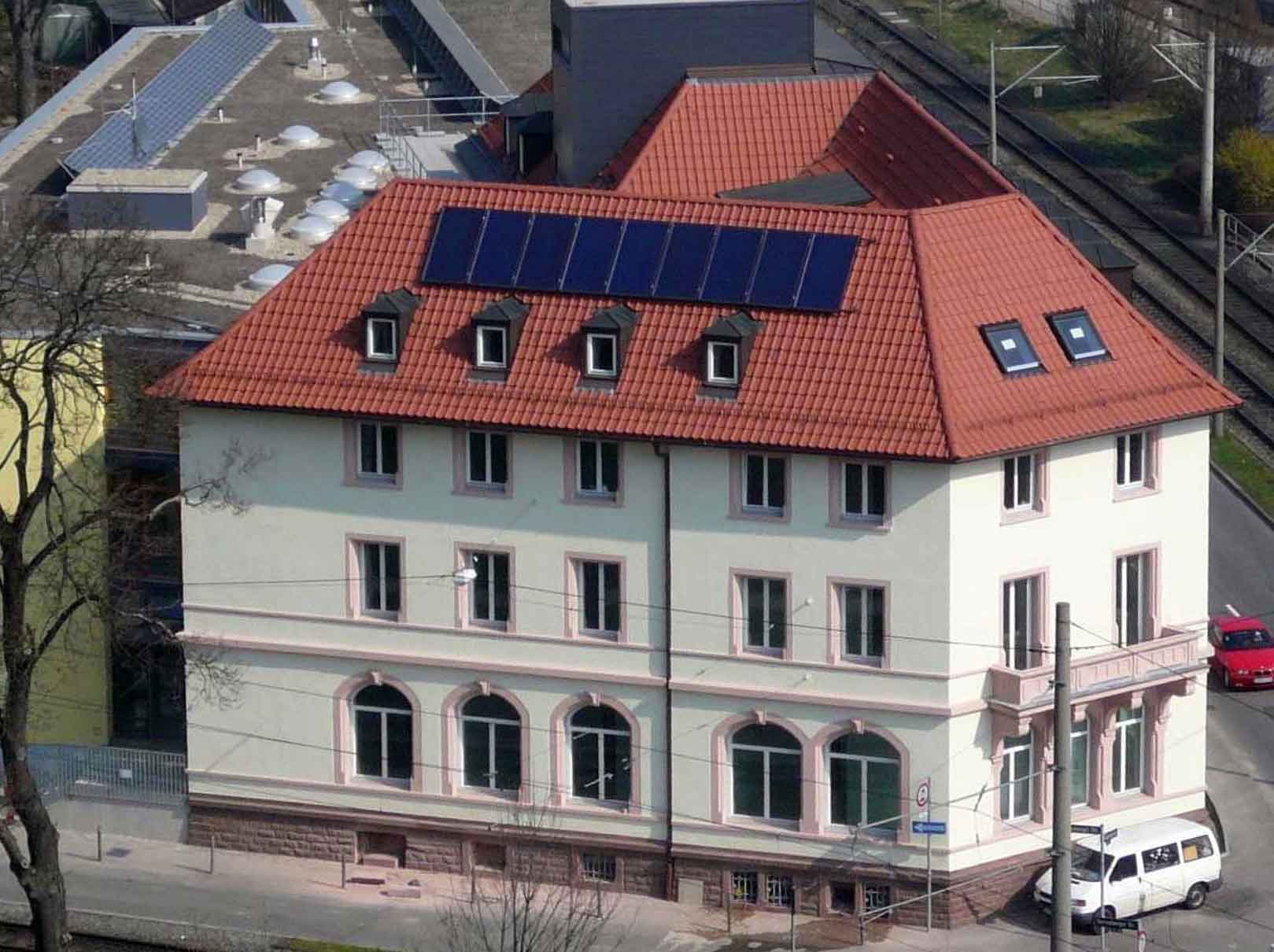
The integrated project aimed to raise the market share of innovative and effective retrofit measures in order to increase energy efficiency and promote the use of renewable energy in buildings at moderate additional cost. This was achieved by scientifically monitoring examples of renovation measures on eight public demonstration buildings in the four participating European regions.
Various types of public building were chosen so that target groups of different ages and social backgrounds could be reached. Public buildings serve as engines for raising awareness about saving energy in communities.
The research work packages covered socio-economic aspects such as:
- the identification of real planning requirements and financial strategies
- the assessment of guideline documents
- an Internet-based computer tool with knowledge gathered about renovation measures
- a quality control toolbox (control tools collected during and after the building phase).
The project was organized geographically by regions and vertically by liaising with the owners of the public buildings, research team, architects and networks. The Fraunhofer Institute for Building Physics IBP coordinated this demonstration project with 23 partners from nine countries as one of seven eco-building demonstration projects currently selected by the EU.
BRITA in PuBs - Homepage

